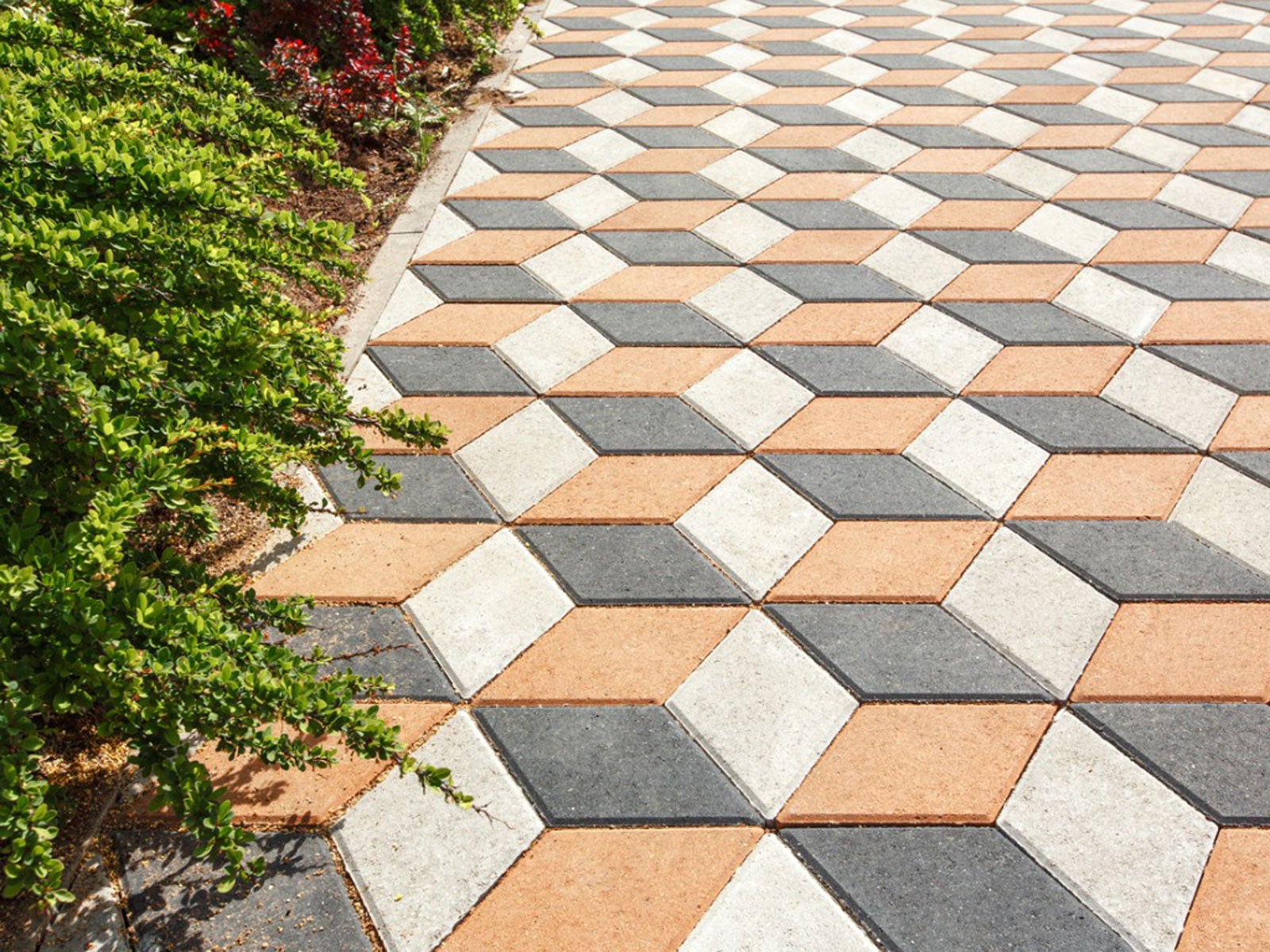When it comes to outdoor projects like driveways, pathways, patios, and even some landscaping features, two common choices often come to mind: traditional concrete and paving materials like pavers or bricks. Each option has its own set of advantages and considerations. Confused about whether to choose paving or concrete for your project? Let Navarro Paving help you decide which option is right for you. In this article, we’ll compare paving and concrete to help you determine which is right for your specific project.
Paving:
1. Aesthetic Versatility: Paving materials, such as bricks, natural stone, and concrete pavers, offer a wide range of styles, colors, and patterns. This versatility allows you to create unique and visually appealing designs that complement your home and landscaping.
2. Easy Repairs: In the event of damage or staining, individual pavers or bricks can be replaced with relative ease. This makes repairs more straightforward and cost-effective compared to concrete, which often requires patching or resurfacing.
3. Low Maintenance: Paving materials typically require less maintenance than concrete. Regular sweeping and occasional pressure washing are usually sufficient to keep them looking good. Some pavers even come with stain-resistant properties.
4. Enhanced Drainage: Permeable pavers, a type of paving material, allow water to pass through, reducing runoff and helping to manage stormwater effectively. This is an eco-friendly feature that can prevent erosion and localized flooding.
5. Eco-Friendly: Paving materials can be more environmentally friendly than concrete. Recycled materials can be used in the production of certain pavers, reducing the carbon footprint.
6. Quick Installation: Pavers can be installed relatively quickly, and you can use the paved surface immediately after installation. There’s no need to wait for curing as with concrete.

Concrete:
1. Durability: Concrete is known for its durability and longevity. When properly installed and maintained, it can last for decades without significant wear and tear.
2. Smooth Surface: Concrete provides a smooth and even surface, which can be advantageous for areas where you need a seamless finish, such as a garage floor or a patio with furniture.
3. Cost-Effective: In some cases, concrete can be more cost-effective than paving materials, especially for larger areas. The initial installation cost is often lower.
4. Low Maintenance: While concrete may require periodic sealing to protect it from staining and cracking, it generally has lower long-term maintenance requirements compared to some paving materials.
5. Modern Aesthetics: Stamped or stained concrete can mimic the appearance of more expensive materials like stone or brick, providing modern aesthetics at a lower cost.
6. Design Flexibility: Concrete can be poured into custom shapes and forms, giving you design flexibility for unique projects.
Navarro Paving
9928 60th St, Jurupa Valley, CA, 92509
562-262-1446
Conclusion
The choice between paving and concrete depends on your project’s specific requirements, budget, and aesthetic preferences. If you value design versatility, ease of repair, and environmental considerations, paving materials like bricks or pavers might be the better choice. On the other hand, if you prioritize durability, a smooth finish, and cost-effectiveness, concrete could be the right option for your project. Ultimately, consulting with a professional contractor and considering your individual needs will help you make the best decision for your outdoor project.

Leave a Reply